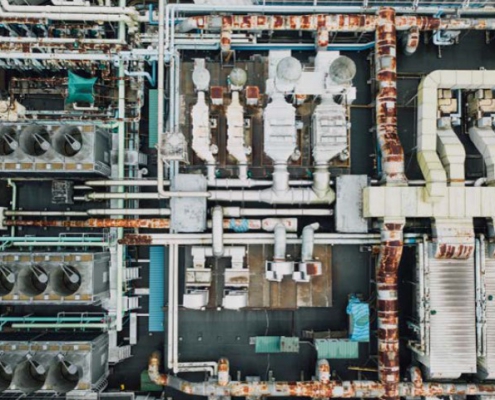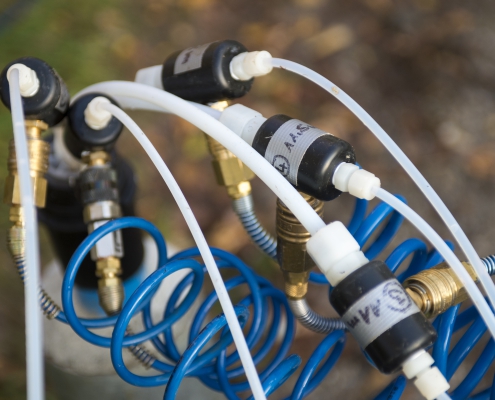Nanotechnology for contaminated land remediation
NanoRem (Taking Nanotechnological Remediation Processes from Lab Scale to End User Applications for the Restoration of a Clean Environment) was a research project, funded through the European Commission FP7 from 2013 – 2017. It focuses on facilitating practical, safe, economic and exploitable nanotechnology for in situ remediation. This has been undertaken in parallel with developing a comprehensive understanding of the environmental risk-benefit for the use of nanoparticles (NPs), market demand, overall sustainability, and stakeholder perceptions.
The project was designed to unlock the potential of nanoremediation processes from laboratory scale to end user applications and so support both the appropriate use of nanotechnology in restoring land and water resources and the development of the knowledge-based economy at a world leading level for the benefit of a wide range of users in the EU environmental sector.
NanoRem had the following objectives:
1. Identification of the most appropriate nanoremediation technological approaches that could achieve a step-change in practical remediation performance. Development of lower cost production techniques and production at commercially relevant scales, also for large-scale applications.
2. Determination of the mobility and migration potential of nanoparticles in the subsurface, and their potential to cause harm, focusing on the NP types most likely to be adopted into practical use in the EU.
3. Development of a comprehensive tool box for the design of nanoremediation operations, field scale nanoremediation performance and determination of the fate of NPs in the subsurface.
4. Provision of dissemination and dialogue with key stakeholder interests to ensure that research, development and demonstration meets end-user and regulatory requirements, and also that information and knowledge is shared widely across the Single Market and that advances in nanoremediation can be properly exploited.
5. Provision of tests at representative scales to validate cost, performance, and fate and transport findings.
To reach the ambitious goal of establishing nanotechnology as a remediation technology in Europe, the NanoRem consortium was composed transnational, multidisciplinary and cross-sectoral. It included 28 partners from 12 countries organized in 11 work packages . The consortium included 18 of the leading nanoremediation research groups in the EU, 8 industry and service providers (including 7 SMEs) and one organisation with policy and regulatory interests.
Funded by the EU















